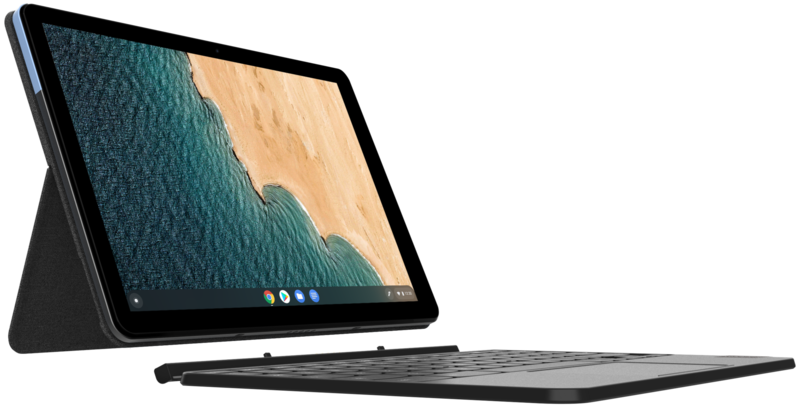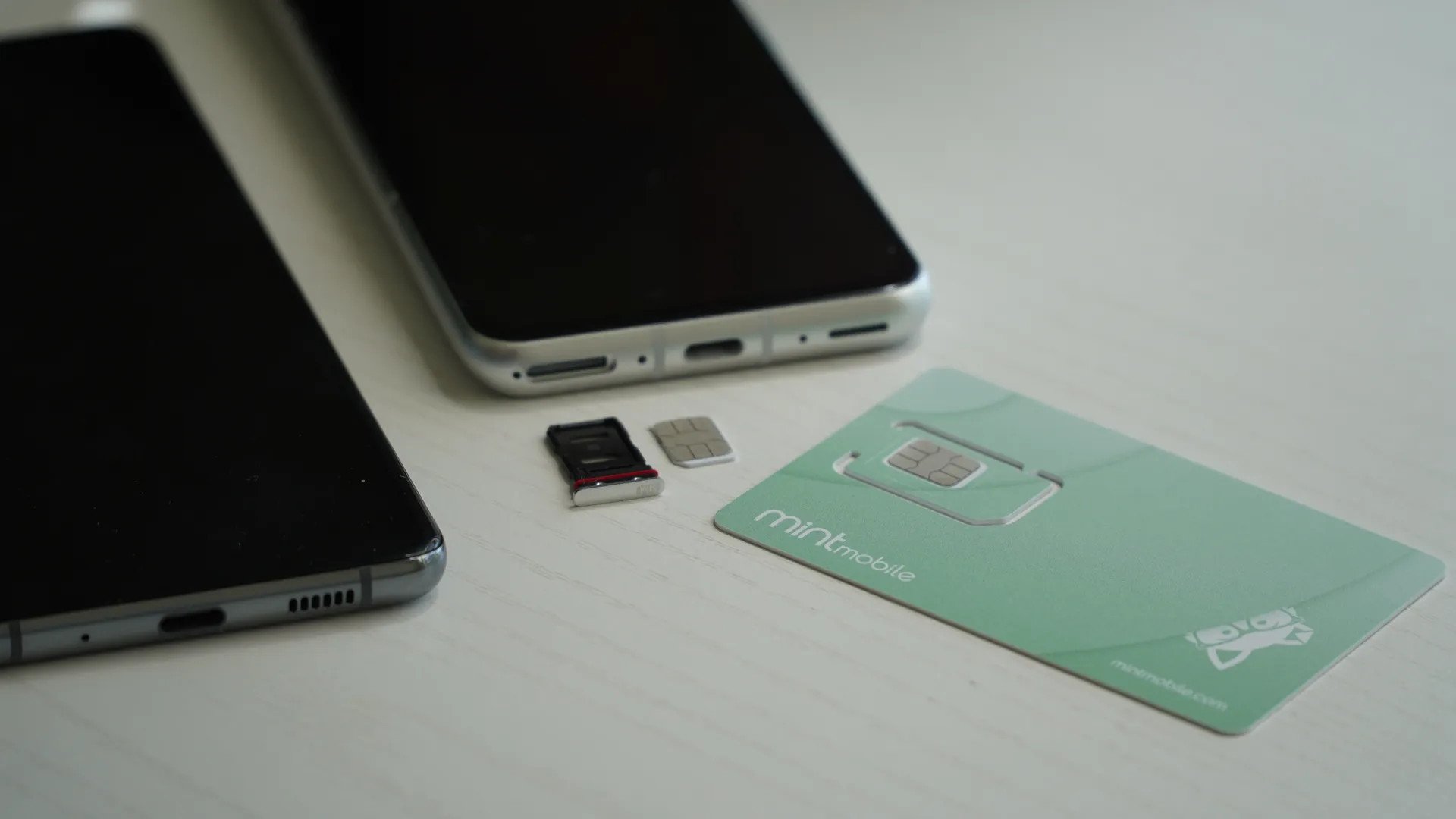Can you get away with buying a Chromebook with only 32GB of storage in 2020?
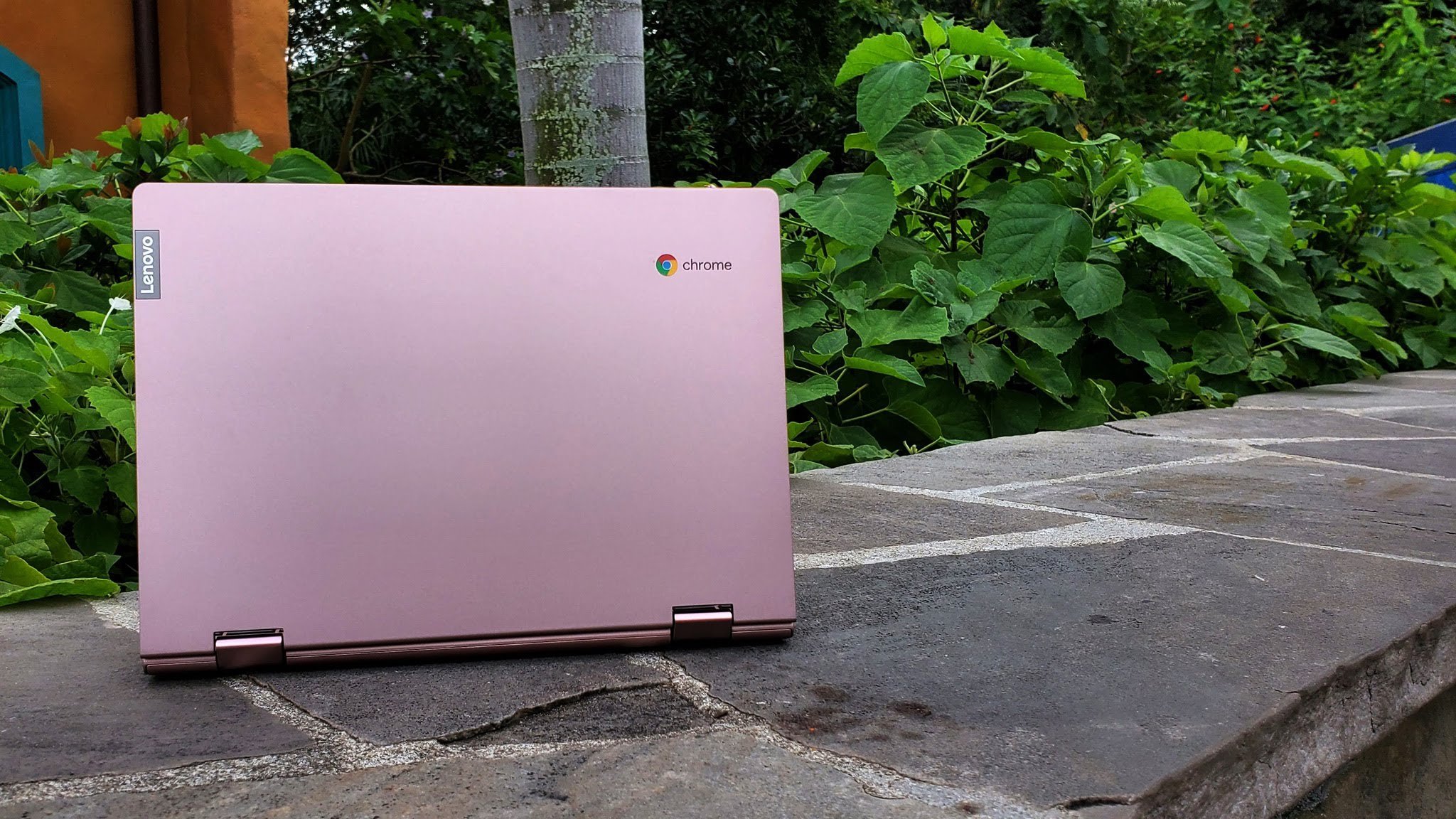
Best answer: If you're not intending to use many Android apps or download offline video, you can maybe squeak by on 32GB, but in 2020, you should really be buying a Chromebook with 64GB of internal storage. More storage is always better, especially for Chromebooks, with some funky permissions when it comes to how Android apps see and use microSD storage.
- 64GB is good: ASUS Chromebook Flip C434 ($562 at Amazon)
- 128GB is better: Lenovo Chromebook Duet ($300 at Best Buy)
How much Chromebook storage you really need and why it matters

Chrome OS is a lightweight system that doesn't need much room, but like any system, more and more features over the years has caused the system size to grow continually. On a 32GB Chromebook, the system takes up 13.8 GB, leaving you about 9-10GB of space for apps and personal files. I have used 32GB Chromebooks for over a year continuously without filling them up, but once you start installing downloading music or games, it'll fill up fast.
Chrome OS is designed as a cloud-first system, and you could technically save everything to Google Drive and not keep anything locally. Still, the offline capabilities of Chromebooks have grown greatly over the last few years, too. The only real offline disadvantage Chromebooks have against Windows laptops is that Chromebooks have less internal storage, which means less room for offline files and offline media. If you intend to work from your Chromebook offline for any degree of time, you'll want 64GB of storage. Make that 128GB if you're going to use your Chromebook as an offline movie backup during a network outage or cross-country trip.
Now that Chromebooks are launching with up to 8 years of Chrome OS updates and more long-lasting, futureproofed ports like USB-C, it's time for manufacturers to give them storage to match. 64GB needs to become the standard for Chromebooks going forward. Still, until it does, I'd highly recommend only buying the best Chromebooks with 64GB of storage unless you're buying it as a secondary computer or are getting it for a child that won't have many files stored locally. (Schools tend to have homework and materials go through Google Drive.)
Why can't I just use a microSD card for extra Chromebook storage?
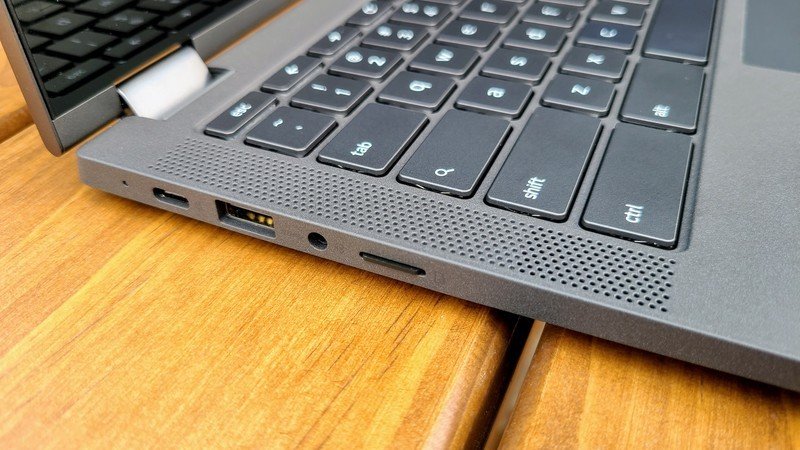
While using a microSD card allows you to add extra storage for things like downloaded files. Still, there are separate settings you have to enable for apps to interact with the microSD card, and even then, most apps can't download files to the microSD card. So, yes, a microSD card can expand your Chromebook, but the uses are limited for that storage. It doesn't replace having adequate internal storage the same way it does on a phone or tablet, which makes the amount of internal storage your Chromebook comes with all the more important.
Be an expert in 5 minutes
Get the latest news from Android Central, your trusted companion in the world of Android
Some Chromebooks you can upgrade the internal storage on. Still, it isn't always an option, it's not a very easy process, and it voids the warranty, so do yourself a favor and buy just buy a Chromebook with the proper amount of storage to begin with!
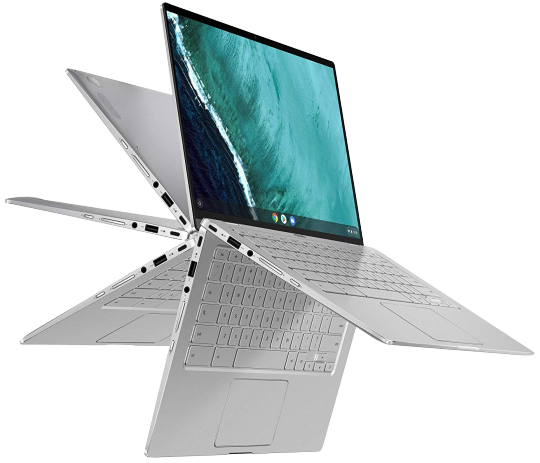
This Chromebook checks all the right boxes.
If you want a Chromebook built to get work done and look good doing it, it doesn't get much better than the C434 (without going into $1000 territory). The 14-inch touchscreen excels at multitasking, and the backlit keyboard is easy to type on late into the night.
Ara Wagoner was a staff writer at Android Central. She themes phones and pokes YouTube Music with a stick. When she's not writing about cases, Chromebooks, or customization, she's wandering around Walt Disney World. If you see her without headphones, RUN. You can follow her on Twitter at @arawagco.
